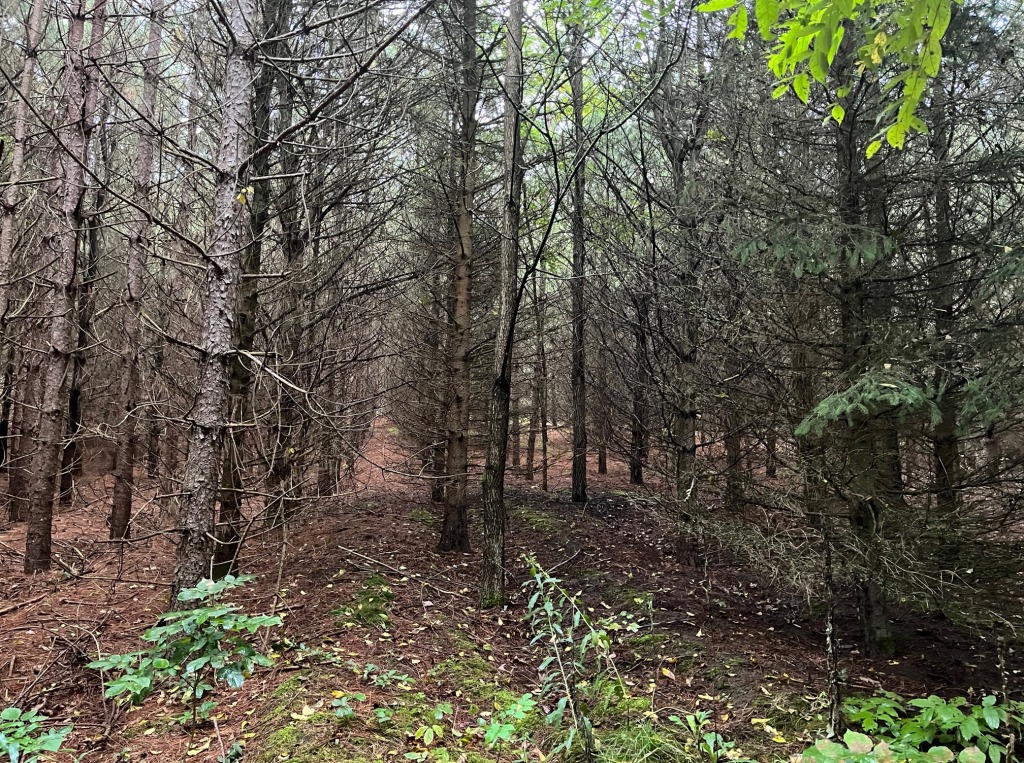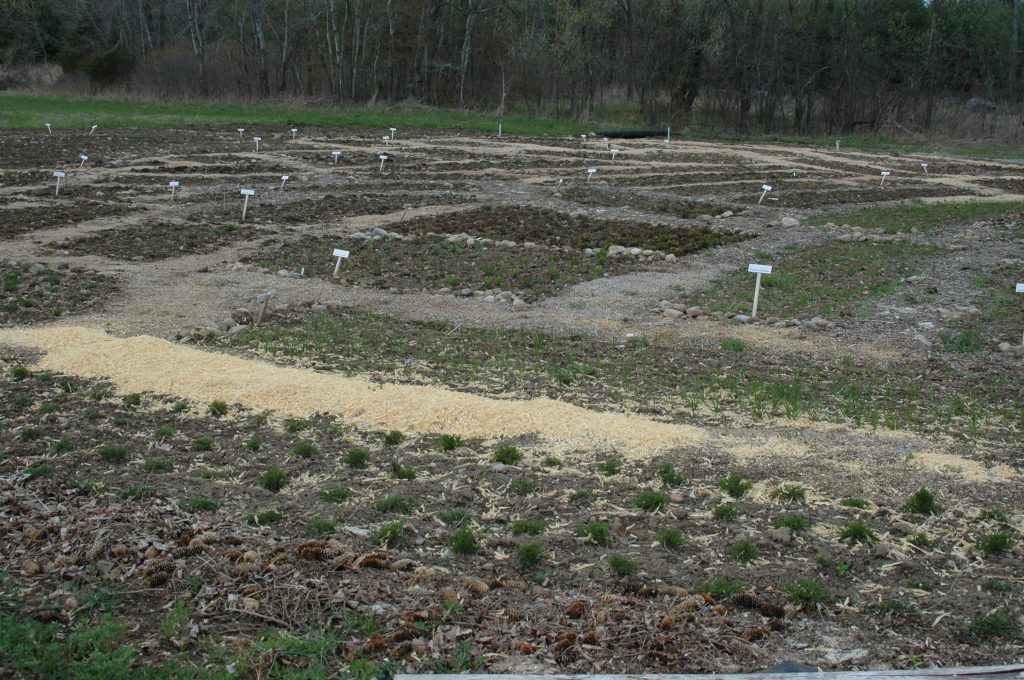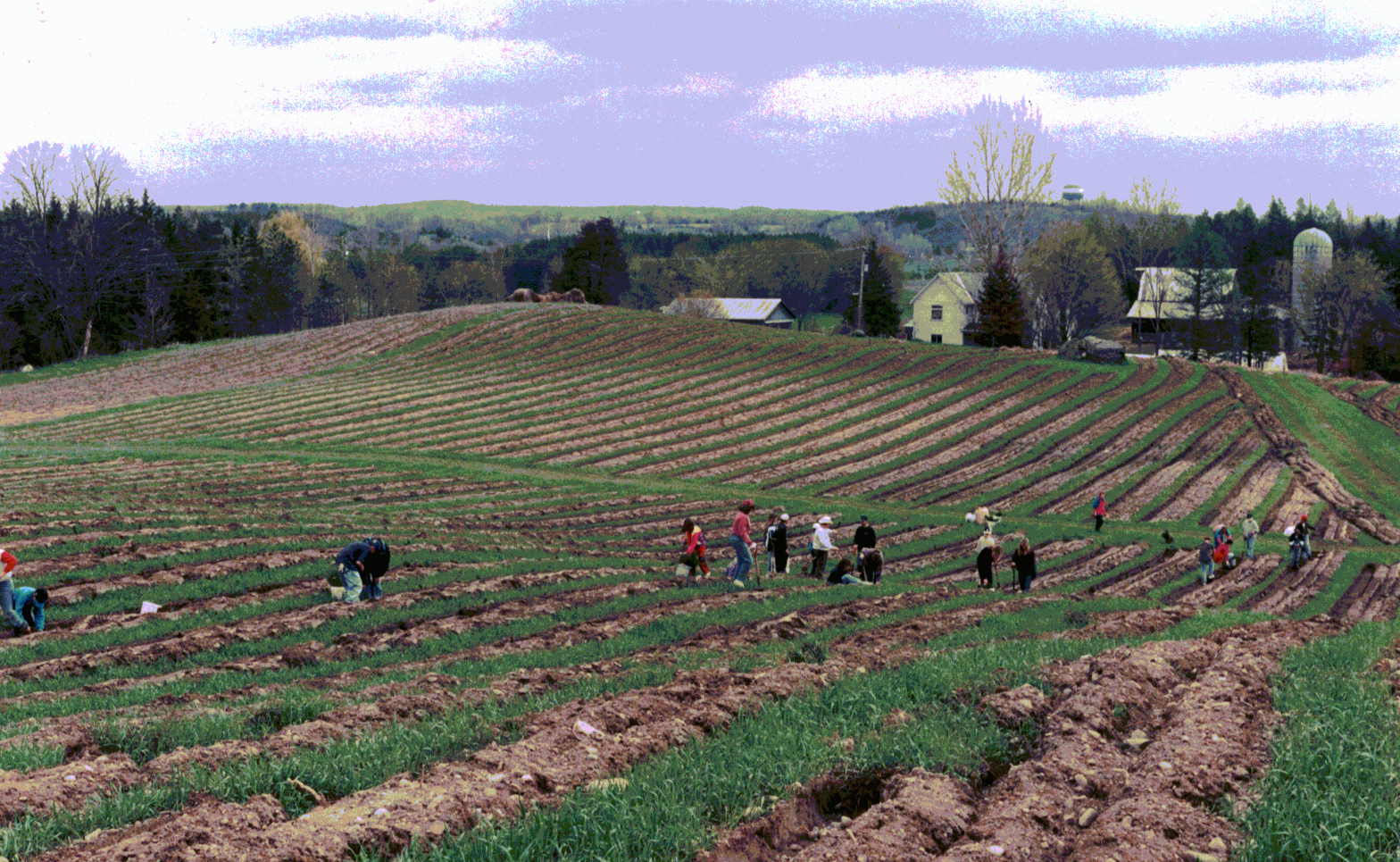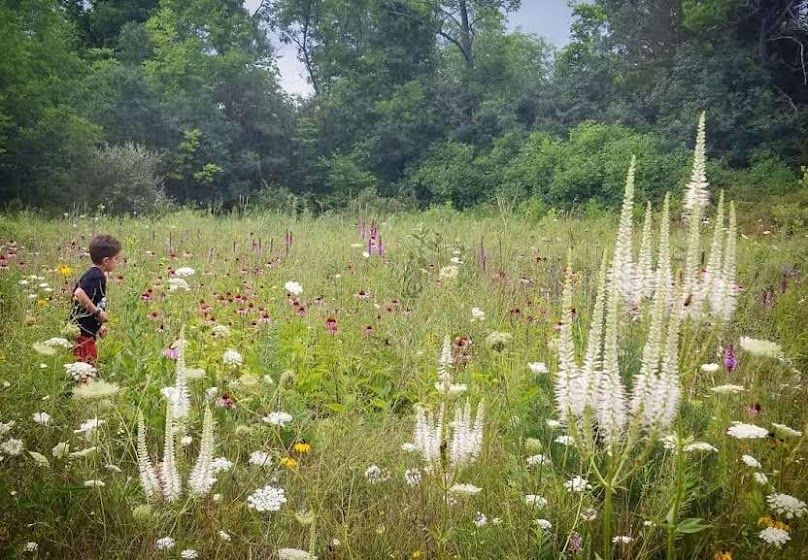Most of us have been instilled with a sense of order. We naturally look for patterns to help us make sense of our surroundings. Chaos shakes us up and makes us uncomfortable.
I grew up on a farm where plants were seeded or planted in straight lines set apart at a consistent distance. It made mechanization possible and made it easier for us to maintain the gardens and harvest efficiently. But we were always battling the forces of nature by hoeing, weeding, controlling pests, irrigating during droughts and protecting from frosts. As I was regularly reminded, we needed to do all of this to make a living off the land.
Apart from running a market gardening operation, it was important to my parents to be stewards of the land and water. As staunch advocates of reforestation, they mobilized family and community members to plant trees and clean up Cold Creek. Every year, they ordered thousands of trees to plant on the farm. Wherever the land was not conducive to agriculture, it was reforested. My father would plow furrows several feet apart and we would follow with shovels and trees kept moist in buckets of water to plant the saplings approximately 5 ft apart. Most of the saplings were pine or spruce. Diversity of species appeared to be discouraged by the Department of Lands and Forests.
Decades later, I am privileged to live on the land where I grew up and witness how the natural order has replaced the human-imposed order I was a part of.




One of the fields we reforested was prepared in a similar fashion to the one you see to the right above. Now, six decades later, the pines are dying out and being replaced by a beautifully diverse hardwood forest with all the layers featuring maple, beech, ironwood, pagoda dogwood, maple-leaved viburnum, round-leaved dogwood all gradually repopulating the original reforested area with the species naturally growing to the west higher up on the drumlin. Nature’s order ultimately prevails.
In the fall of 2010, a couple of years after we moved the native plant nursery to the farm where I grew up, I decided to bring more native species into the existing landscape by planting excess stock of wildflowers and grasses into neat, well-defined and labelled plots on approximately 2 acres we had plowed and cultivated in preparation. The plan was to have stock readily available for potting up next spring and later as a seed source.

As the days warmed up the following spring, the whole area became a carpet of annual “weeds”. After a couple of futile attempts to bring order back to the escalating chaos, I decided it was a lost cause and walked away. The following year, the annuals were replaced by perennial “weeds”, along with some of the species I had introduced into the area. Every year, the species I had placed in orderly fashion back in 2010 are spreading further from their original beds and are now appearing in adjacent fields. My “failure” turned out to be a resounding success and I didn’t have to do anything other than introduce North American species into an environment dominated mostly by non-native species that originated in Europe. Some native species weren’t able to compete, but the vast majority did. And it doesn’t stop there. Trees are getting established and, in a few decades, the whole area will be a woodland with meadow flowers and grasses being gradually replaced by woodland species in an ever-evolving natural community. It’s all good.
Patience is vital as is faith in the natural order. The meadow attracts a host of pollinators from early spring to fall as well as birds and mammals throughout the year. With every new plant species that establishes itself, others make a home there.
Rather than see endless work to maintain order, we best pause and consider if this “urgent” work is really necessary and marvel at the natural order that gradually unfolds before our eyes.
Above: The planted meadow 10 years later.





I let my phone “alert” me to very few things. But new posts from Natural Themes are an exception, and I’m glad of it. A perfect and inspiring and perfectly inspiring read for a new year. Thank you.
LikeLike
Hi Bea, loved your story! So inspiring. It’s so important to have these habitats, and protect them. The family farm where I lived as a child had a similar philosophy, trees were planted in areas where growing crops was not viable. Fencerows were left in place-habitat for many species. Even though I have a much smaller property today, those childhood memories have stayed with me and I have planted many trees, shrubs, native plants. Thank you for sharing your story. Trish
Sent from my iPad
>
LikeLiked by 1 person
Hi Trish. Thanks for taking the time to read my blog. What we learn as children is so important in determining our perspectives as adults. Every child should have the same opportunities we did.
LikeLike